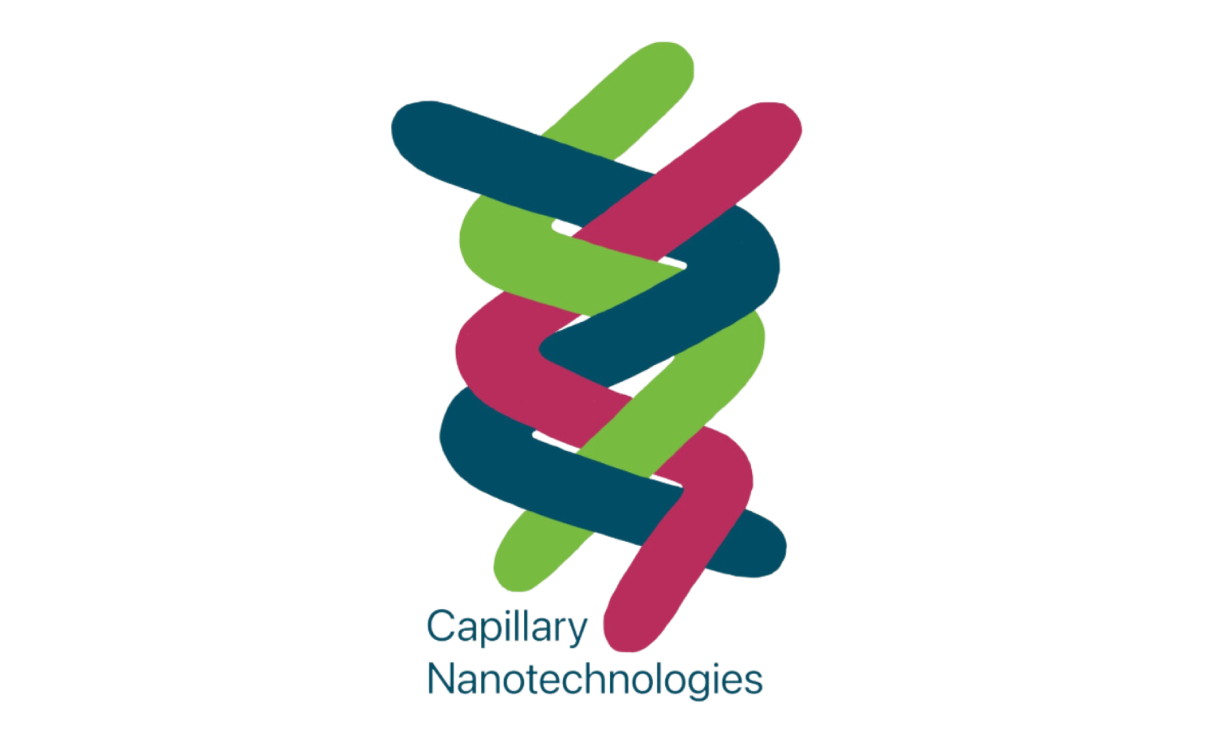We Spark the transformation of bold ideas into world-changing companies.
We Spark the transformation of Lorem Ipsum Etc.

Capillary Nanotechnologies uses simple tap water to make nanobraids for next-generation electronic and biomedical devices. Nanobraids provide incredible performance increases for interconnects in high-speed electronics like radar, telecom, and power electronics. Compared to alternatives, nanobraids lose less energy, maintain better signal, and are more flexible and durable for packaging.
Fellow
Maya Faaborg
Maya Faaborg is the founder and CEO of Capillary Nanotechnologies, which leverages manufacturing technology that she and a small group of other inventors developed at Harvard's School of Engineering and Applied Sciences to work on nanoscopic objects—work that cannot be done using other methods. Faaborg believes that the future of the technology is in manufacturing novel materials like nano-braids for next-generation electronics and medical devices.

Technology
Critical Need
There is an increasing demand for new electronic devices to have wireless capabilities, high-bandwidth data links, excellent energy efficiency, and lower signal losses. However, despite advances in RF technologies, current hardware is still failing to meet performance demands. The result is poor or lost data streams, shorter battery life due to thermal losses, wider signal bandwidths in a world where wireless frequency real-estate is a precious resource and less signal sensitivity in systems like automotive or drone radar where sensitivity is mission-critical. New advances in high-frequency conductors are critical for addressing these issues.
Technology Vision
Capillary Nanotechnologies is the first company to offer high-performance, customizable braided nanofiber products. Braids have incredible mechanical and electrical properties. In electrical systems, nanobraid conductors offer lower losses, smaller form factors, and significant signal improvement for high-frequency cables and RF systems. In mechanical systems, nano-braids offer increased durability, flexibility, and surface area, making them perfect for medical products like next-generation sutures. Using a unique manufacturing approach based on capillary force, Capillary Nanotechnologies’ technology can be deployed anywhere, using a 3D printer and tap water. This means manufacturing can be decentralized and easily parallelized, reducing reliance on international supply chains.
Potential for Impact
Capillary technology enables new types of products and offers a way to manufacture in completely decentralized ways. The immediate impact of this technology is to solve technological limitations for next-generation products, but the long-term impact may be a reduced reliance on traditional factories for nanomaterials. Nanomaterials made with capillary machines could also be used in products like water filters and long-range cell towers in underserved areas. The affordability and scalability of capillary machines promise a future where customers can access nanomaterials without relying on precarious international supply lines.
